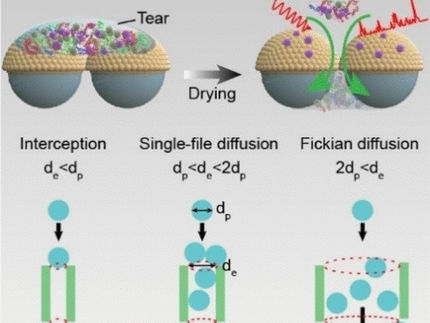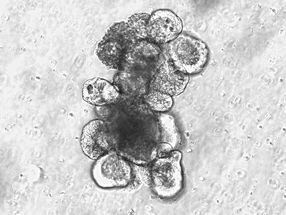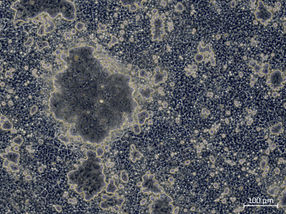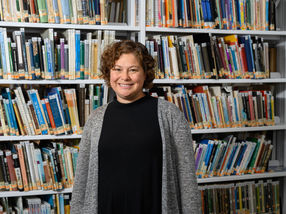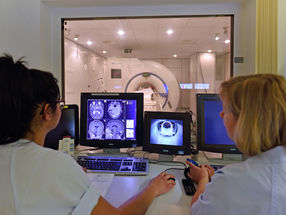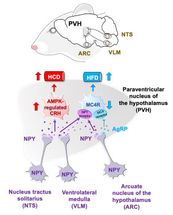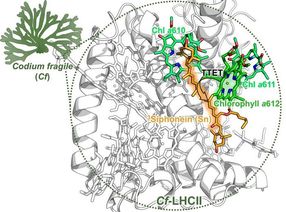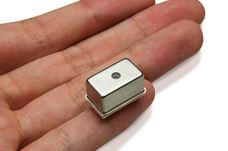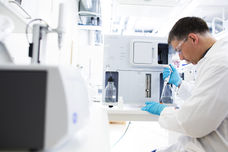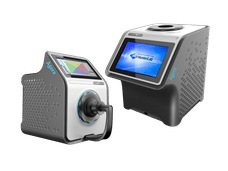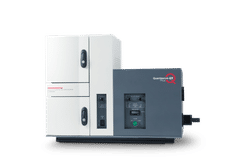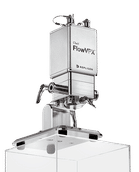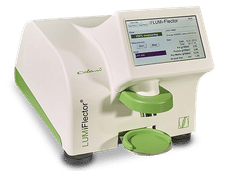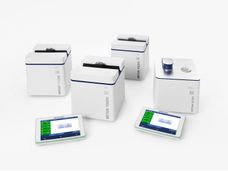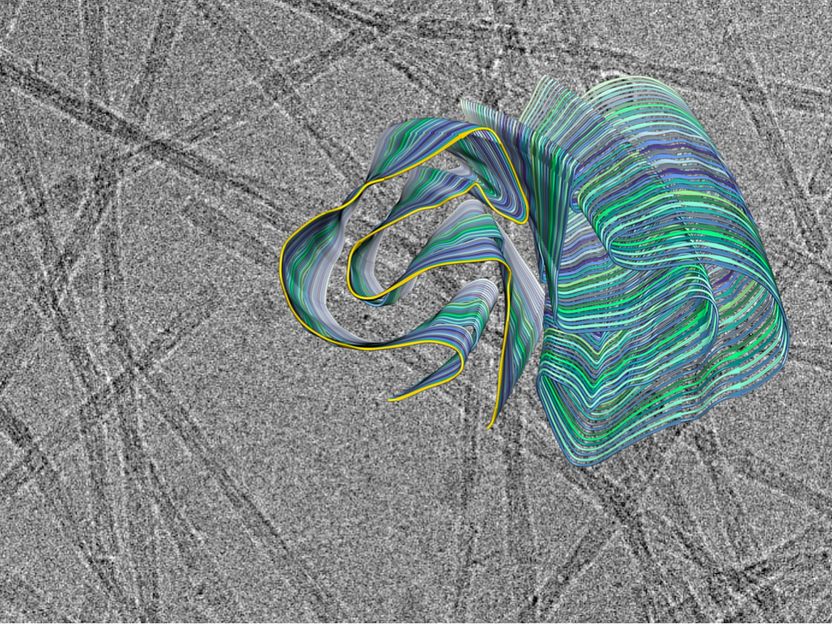Innovations for Health: When Molecular Spectroscopy Meets Lasers and Photonics
"An all-optical, minimally invasive and label-free diagnostic tool could represent a significant advance in health..."
Advertisement
A team led by DESY scientist Tim Laarmann has successfully detected the vibrational fingerprints of glucose molecules in aqueous solution using a nonlinear optical method in the mid-infrared spectral range called ultra-broadband vibrational sum-frequency generation (VSFG) spectroscopy. The centerpiece of this study is a state-of-the-art VSFG spectrometer that operates effectively at physiologically relevant low sample concentrations in the range of 10 mM, or about 180 mg/dl of aqueous glucose. The results are published in the journal Optics Express.
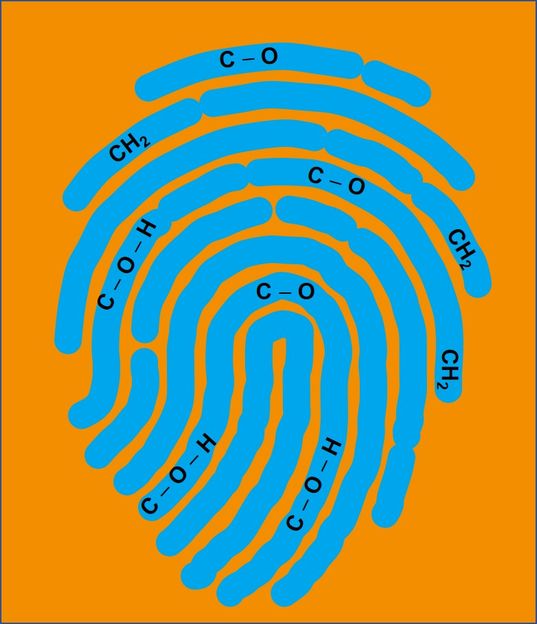
Artistic view of spectral fingerprinting with ultra-broadband vibrational sum-frequency generation (VSFG) spectroscopy at biologically relevant low concentration.
Tim Laarmann
Nonlinear spectroscopy in the mid-infrared is one of a suite of tools scientists can use to trace molecules. It identifies the low-frequency vibrational spectrum of a molecule, revealing a characteristic fingerprint of a substance. Since 1999, researchers have utilized VSFG spectroscopy to investigate the vibrational characteristics of glucose within the spectral range of 2800 to 3000 cm-1. Up to now, there has been not a single published VSFG study on glucose in the low-frequency range between 1000 and 1200 cm-1, which is well-suited to provide characteristic vibrational fingerprints in aqueous environments.Specifically, the stretching modes of carbon-oxygen bonds in this spectral range are highly sensitive to glucose concentration. “Our spectrometer has a high detection efficiency from 900 to 1400 cm-1in the fingerprint region that makes it very versatile for biological applications,” explains Cheng Luo, PhD student in Laarmann's group and first author of the study. In fields such as healthcare, the high sensitivity in the broad spectral range is a massive benefit, as molecules involved many health-relevant processes could be detected and identified using this technique.
DESY and the company Class 5 Photonics, founded in 2014 as a spin-off of DESY and Helmholtz-Institute Jena, collaborated to develop a key component of this technology, which is a custom-built mid-infrared OPCPA (Optical Parametric Chirped Pulse Amplification) laser that uses a non-linear LiGaS2 crystal. “To achieve this point, we looked over different optical crystals and created a novel laser architecture named White Dwarf HE DFG prototype,” explains Robert Riedel, CEO and Co-Founder of Class 5 Photonics. The collaborative research project was funded under the "PROFI Transfer Plus" program of the Hamburg Investments- and Förderbank (IFB). This innovative laser system generates broadband pulses centered at 9 μm with an impressive pulse duration of only 114 fs, a high average power of 245 mW and a pulse energy of 1.2 μJ at a high repetition rate of 200 kHz. Such a laser has not been commercially available, yet.
“The impact of this research goes beyond glucose detection,” says Mahesh Namboodiri, postdoc in Tim Laarmann’s research team. Namboodiri is responsible for the ongoing development of VSFG spectroscopy and VSFG microscopy in the team. The researchers are convinced that the ability to detect relevant substances in low concentrations at complex interfaces opens up new avenues in healthcare. “An all-optical, minimally invasive and label-free diagnostic tool could represent a significant advance in health monitoring by making such specific molecular information easier to access in clinical applications,” explains Laarmann, who is also involved in research at the “CUI: Advanced Imaging of Matter” cluster of excellence at the University of Hamburg. “For example, understanding the molecular mechanisms at interfaces involved in bacterial biofilm formation could lead to better infection control strategies,” Namboodiri points out. Namboodiri has successfully applied for funding through the DESY Generator Program (DGP) to bring the concept and application of the technology closer to market maturity.
Original publication
Other news from the department science
These products might interest you
Most read news
More news from our other portals
Something is happening in the life science industry ...
This is what true pioneering spirit looks like: Plenty of innovative start-ups are bringing fresh ideas, lifeblood and entrepreneurial spirit to change tomorrow's world for the better. Immerse yourself in the world of these young companies and take the opportunity to get in touch with the founders.



